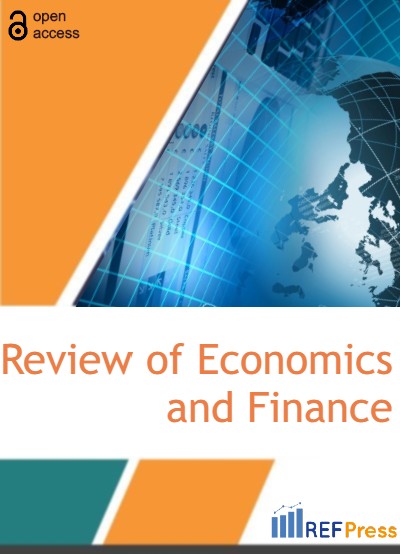
Examining Corruption's Impact on Economic Growth in the MENA Region: A GMM Estimation Approach
(Pages 1822-1832)Nour Mohamad Fayad*
PhD Candidate, Faculty of Business Administration Beirut Arab University, Lebanon.
DOI: https://doi.org/10.55365/1923.x2023.21.198
Abstract:
Numerous research studies have been conducted to investigate the relationship between corruption and economic growth, with conflicting findings regarding its negative or potentially positive effects on the economy. This particular study focuses on understanding the impact of corruption on economic growth in the MENA region (Middle East and North Africa) during the period of 2000-2021. By utilizing various corruption indices, namely the Corruption Perception Index (CPI), Control of Corruption from World Governance Index (CC-WGI), and Customized Corruption Index (CCI), the study employs dynamic panel and system generalized method of moments (GMM) estimator to identify the dynamic correlations between the variables. The key findings of this study reveal that the customized corruption index (CCI) has a significant positive influence on economic growth in the MENA region, accounting for 83.93% of the variation at a 5% level of significance. However, the control of corruption index from World Governance Index (CC-WGI) does not show any impact on economic growth. Additionally, there is no significant relationship observed between the corruption perception index (CPI) and economic growth. Consequently, it is recommended that governments in the MENA region implement robust anticorruption measures to address the pervasive issue of corruption and its potential negative impact on economic growth.
Keywords:
Corruption, Economic Growth, Econometric Analysis, GMM approach.
How to Cite:
Nour Mohamad Fayad. Examining Corruption's Impact on Economic Growth in the MENA Region: A GMM Estimation Approach. [ref]: vol.21.2023. available at: https://refpress.org/ref-vol21-a198/
Licensee REF Press This is an open access article licensed under the terms of the Creative Commons Attribution Non-Commercial License (http://creativecommons.org/licenses/by-nc/3.0/) which permits unrestricted, non-commercial use, distribution and reproduction in any medium, provided the work is properly cited.
